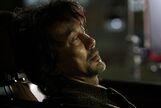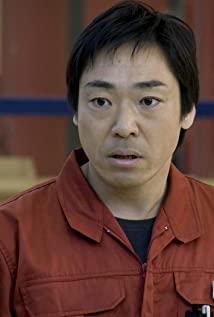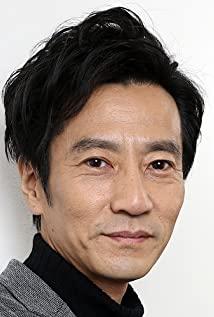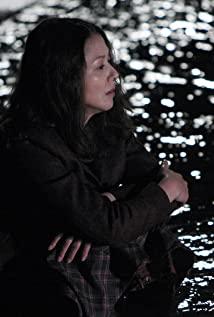Sasaki's wife is trying to persuade the robber after ML with the robber: It is very touching that there is only one such self in this world. Fortunately, women can always ask themselves when they can start over. And for men, there is no turning back. So Sasaki's wife was the only one looking for stars on the beach at night. So it was the robber who committed suicide.
One question is Sasaki Kenji's conversation with the teacher in the Kaneko Piano Academy. When he mentioned the teacher's divorce, what Kenji said was to reflect the budding psychology of adolescence? So why join this paragraph?
Outside the number: All the scenes of Sasaki's eldest son joining the army, including the TV broadcasts in the movie, seem to describe the Japanese people are not so willing to recruit and garrison in the United States; just like the mentality of the people who returned to Hong Kong in 1997? ? ?
The subject matter of the film has a metaphorical element in Kenji's life, he has done bad things, he has been in the police station, he has drawn and detained, but for him it has not even started. Therefore, at the end, the family of three left at the same time and cleverly avoided the stereotyped scene, so that's enough.
I found that a feature of Japanese movies is the time frame of the lens. For example, when Sasaki was working as a cleaner in a supermarket, the first time he faced a dirty toilet, the camera took a long time to freeze. This technique is especially common in Takeshi Kitano's films, because the aesthetics of violence requires the freeze frame of the camera to make the audience imagine themselves. This is understandable.
It is estimated that only Japanese movies in the world have long-term lens freezes.
Elementally, the film involves the piano, but the background episodes always feel insufficient or inappropriate. Quiet themes coupled with successful concerts have good sales. So I thought of Takeshi Kitano again. . .
Sources From : http://blog.pgx.cc/2009/05/tokyo-sonata.html
View more about Tokyo Sonata reviews











